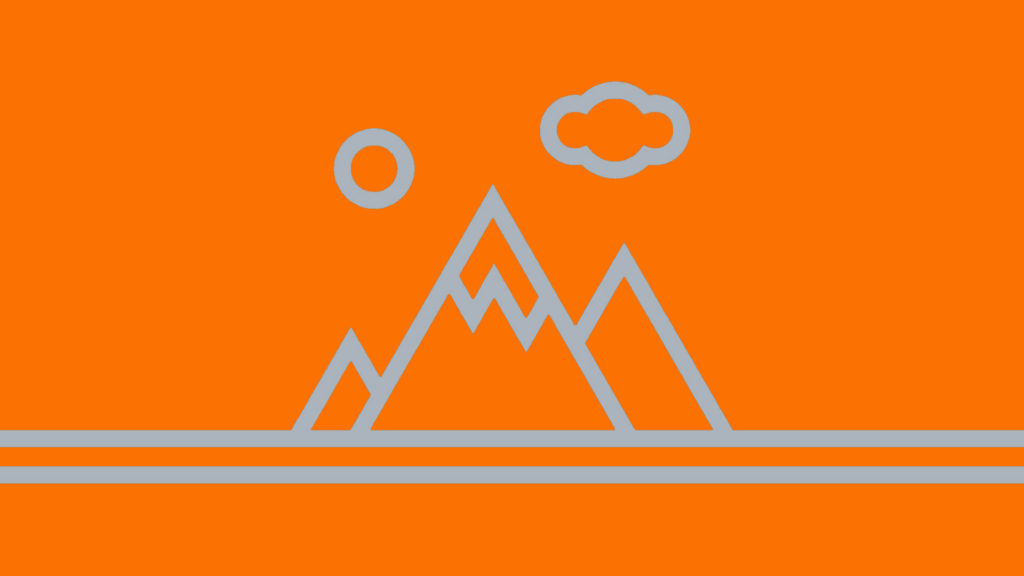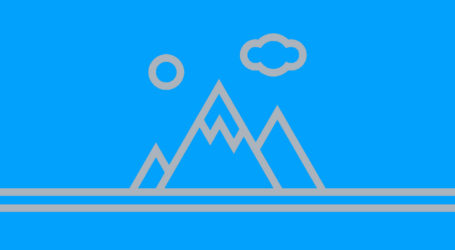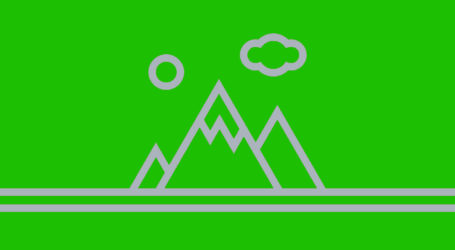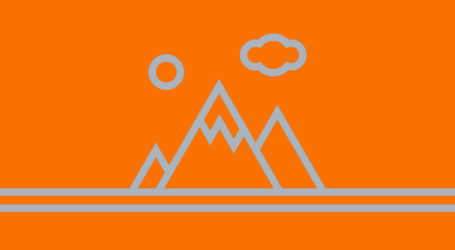Mount Everest: the view from the top

It feels like the apex of an immense white roof – the point at which three ridges to the top of the world finally meet and you can’t go any higher.
Unlike some summits, where mountaineers have to take it in turns to balance precariously on the peak, the summit of Everest has room enough for several people to stand together (Chris Bonington described it as “about the size of a pool table”). The snow is deep, the air vanishingly thin, but for the mountaineer the views are tempered by the sense that you are really only halfway: the long descent awaits.
My ascent 25 years ago began up the immense East Face in Tibet. At first we delighted in the technical intricacy of vertical rock and ice, then we wallowed up vast, tilted snowfields, to emerge eventually on the wind-scoured saddle called the South Col.
That final leg of our journey was up the original 1953 route from Nepal – the route taken by the vast majority today. At first the terrain was not hard, but at that altitude just kicking a step in a 35-degree snow slope is exhausting. Climbing without supplementary oxygen, I found I could manage 20 steps at a time, taking at least three deep breaths per step. That was when we started. By the time we were approaching the South Summit, 12 hours later, I was only managing two or three steps between each long gasping halt.
The South Summit is only 100 vertical metres from the top, the horizontal distance a quarter of a mile. But the terrain is intimidating. I was alone on this final stretch, acutely conscious of the lethal cornices of wind-blown snow overhanging the East Face. Step too far to the right on that fragile crest, and you could plunge 3,500 metres to your death; slip down to the left and you would tumble 2,500 metres into the deep basin called the Western Cwm.
Then came the legendary Hillary Step. It was about 12 metres high and it felt like real climbing: mittened left hand reaching for rock holds, right hand plunging ice axe into frighteningly steep snow. Beyond that it was simply a matter of plodding stoically over three or four false summits until I saw three empty oxygen cylinders stuck in the snow and realised I was approaching the final hummock. Although much of Everest is bare rock, here the snow is several metres deep.
The jet-stream westerlies drive that snow inexorably over the great precipice of the East Face, so that over the years the human detritus changes: the Chinese survey pole which Doug Scott found here in 1975 had disappeared by the time I arrived 13 years later.
Ideally you arrive in the early morning to enjoy luminous clarity. Late in the afternoon, I had to content myself with immense depths glimpsed through swirling clouds and the first falling snowflakes. But who cares? The views are always better on the way up. And in any case, the summit is not the glorious climax; it is simply the point when you are furthest from base, like the astronauts in their lunar module, wanting only to return to Earth.
I turned round after just 10 minutes on top, stopping briefly at the patch of bare rock a few metres below the summit to grab some shards of shattered limestone, created about 350m years ago on the bed of a prehistoric ocean. Then, facing into the wind, I forced my flagging body to carry on down, knowing that the real struggle had only just begun.









